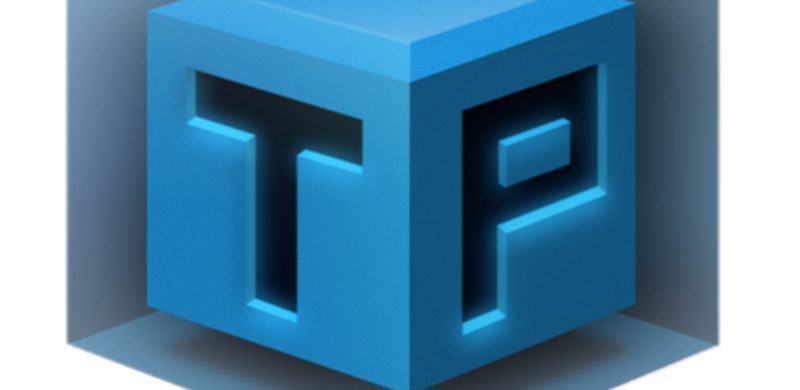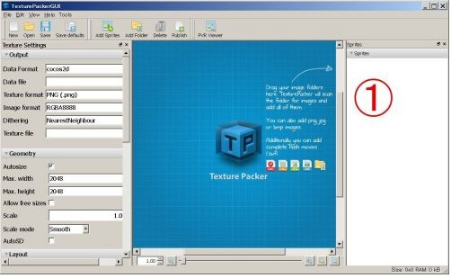

- #TEXTUREPACKER FAILED TO LOAD IMAGE INSTALL#
- #TEXTUREPACKER FAILED TO LOAD IMAGE UPGRADE#
- #TEXTUREPACKER FAILED TO LOAD IMAGE FULL#
- #TEXTUREPACKER FAILED TO LOAD IMAGE FREE#
using ThreeJS loaders for the json and image and assigning new textures with different repeat and offset values. maxheight Sets the maximum height for the texture, default is 4096. maxwidth Sets the maximum width for the texture, default is 4096.

This demo uses a couple of HTML5 APIs, and it is only currently compatible with WebKit and Firefox browsers. The image has a bunch of small sprites packed together and the json defines the location and size of the small sprites in the image. textureformat Choose the texture format that the output file will use, for example '.jpg'. Then, click 'Generate' to create a sprite sheet and stylesheet. It may be fine during development, but down the road you will probably want to have two or three different smaller resolution versions that you can selectively load. Instructions: Drag & drop image files onto the space below, or use the 'Open' link to load images using the file browser. This will use a lot of memory and inflate load times. You just need to pass in the path relative to resources directory, and the end of the path must not contain the file extension. If you do this, you will have to load very high resolution images on devices that can't take advantage of them. Usually we will place the resources that need to be dynamically loaded in the project in the resources directory, along with interfaces such as resources.load to load them dynamically. Native engine memory leak detection systemĪsset Loading Dynamic loading of resources Getting Started Example - First Data InteractionĬalling the Engine API and Project Script I tried to see the difference between the working and non working images but the meta data seems very similar. The most interesting thing is that I found a workaround: If I switch to the 'old view' (oldIssueViewtrue) I can attach and see files/images (but errors go on). Resource Management Considerations - meta files It works on other laptop and in my mobile.
#TEXTUREPACKER FAILED TO LOAD IMAGE UPGRADE#
Upgrade Guide: Particle from v3.5.x to v3.6.0īuild a Scene Image Using the Scene PanelĬustom Materials for 2D Rendering ObjectsĭragonBones ArmatureDisplay Component ReferenceĬreate a List of Dynamically Generated ContentĬreating Animation Components and Animation Clips
#TEXTUREPACKER FAILED TO LOAD IMAGE INSTALL#
pip install Pillow Usage python TextureUnPacker. Upgrade Guide: Effect from v3.5.x to v3.6.0 setup TextureUnPacker depend on PIL, you should install PIL first.
#TEXTUREPACKER FAILED TO LOAD IMAGE FULL#
Try using the full path with constructor syntax.Cocos Creator 3.5 Native Built Project Upgrade GuideĬocos Creator 3.6 Native Built Project Upgrade GuideĬocos Creator 3.6.0 Build Template and settings.json Upgrade Guide

is slay aave Additional parameters: basePath in files - path to be removed from sprite name in texture dest in options - destination folder path. The best alternative is ShoeBox, which is free.
#TEXTUREPACKER FAILED TO LOAD IMAGE FREE#
Failed to load image Python extension: Could not find module my_project\venv\lib\site-packages\torchvision\io\image.py:11: UserWarning: Failed to load image Python extension: Could not find module 'my_project\venv\Lib\site-packages\torchvision\image.pyd' (or one of its dependencies). There are six alternatives to Free Texture Packer for a variety of platforms, including Windows, Mac, Linux, Online / Web-based and Android.


 0 kommentar(er)
0 kommentar(er)
